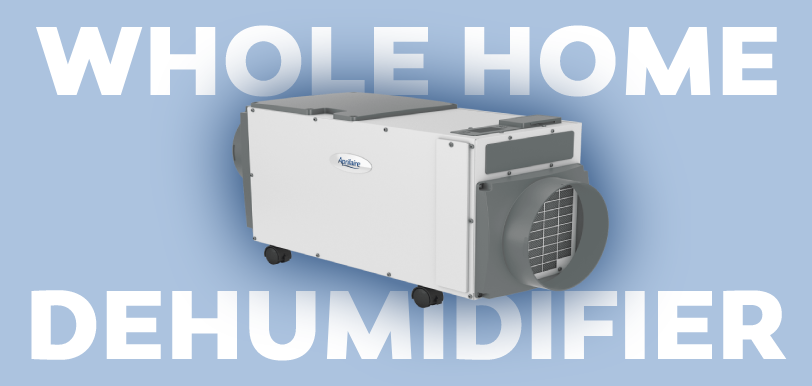Want to save with Paschal? Don’t miss our current offers and specials

Want to save with Paschal? Don’t miss our current offers and specials
Return to Paschal Resource & Education Hub

With an average relative humidity level of 71%, Arkansas ranks in the top 15 most humid states in the country. Humidity in the air generally makes the outside temperature feel hotter than it is, and adds to that “sticky, suffocating” feeling you get when walking outside in the middle of July. When the humidity is too high, it can actually prevent your body from cooling off through sweating, only adding to the heat you experience.
Humidity is a measure of the amount of water vapor in the air. Relative humidity (RH) measures the amount of water in the air in relation to the maximum amount of water vapor (moisture). The higher the temperature, the more water vapor the air can hold. It is an integral part of the water cycle, as water vapor is continuously generated by evaporation and removed by condensation. When the temperature is higher, the air can hold more water vapor, meaning that the warmer the climate, the higher the humidity level can be. A 100% relative humidity level would mean that the air is completely saturated with water vapor. Unable to hold any more, it would rain.
Temperature in relation to humidity is important, since we spend 90% of our time indoors. Colder air won’t tolerate as much moisture as warmer air. On the other hand, warm air will handle more moisture than cooler air. Colder climates often have lower humidity levels than warmer climates as colder air holds less moisture than warm air. In winter, humidity levels tend to be typically lower. Where in summer, humidity levels will be higher, as air can hold more water vapor at a higher temperature.
Small everyday tasks can affect humidity levels. Cooking, cleaning, dishwashing, breathing, clothes washing, showering, and other indoor processes release moisture into the indoor air, making indoor humidity levels rise.
Ideal indoor humidity levels are between 30-60%
It is important to maintain & control the humidity levels of your home. Poor humidity levels can have a drastic impact on both your health & your home. Too much humidity can cause dampness & mold, and too little humidity will dry out your air.
Excess moisture in your home creates the perfect conditions for mold growth, allergens, musty odors, and mildew which can lead to unhealthy air. Whole home dehumidifiers remove the right amount of moisture from every room in your home, until your optimal humidity level has been reached.
The air is filtered and cooled, and this process converts the humidity into condensation. As the condensation accumulates, it’s stored in a tank that must be emptied, or drained through a water line that connects to your sump pump.
You may be tempted to use your HVAC system to do the work of a dehumidifier. Some HVAC systems even offer these as add-on options. But we don’t recommend this as a practical solution. Your HVAC unit’s primary function is not to remove humidity; using it to do so is going to cause it to work harder (and differently) than it was intended to do. It’s far less expensive to buy a dehumidifier than it is to repair or replace an HVAC that gets overworked and fails.
Our whole-house dehumidifiers can also help make your home more comfortable and energy-efficient while protecting your home’s assets.
Currently, Paschal only installs whole home dehumidifiers in homes with basements or crawlspaces. If you do not have a basement or crawlspace, then you should look into obtaining single room, portable dehumidifiers.